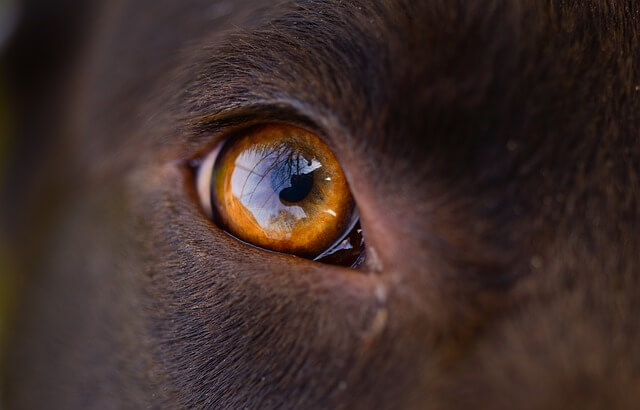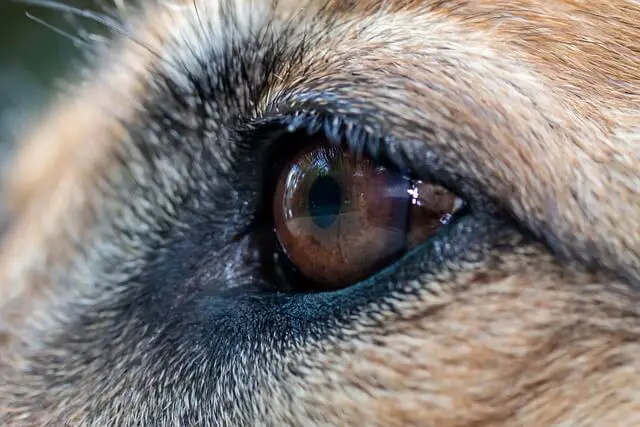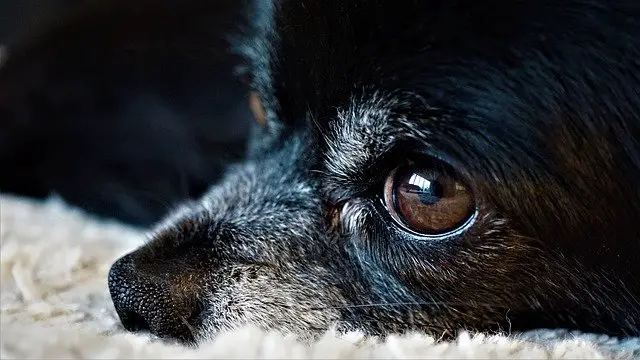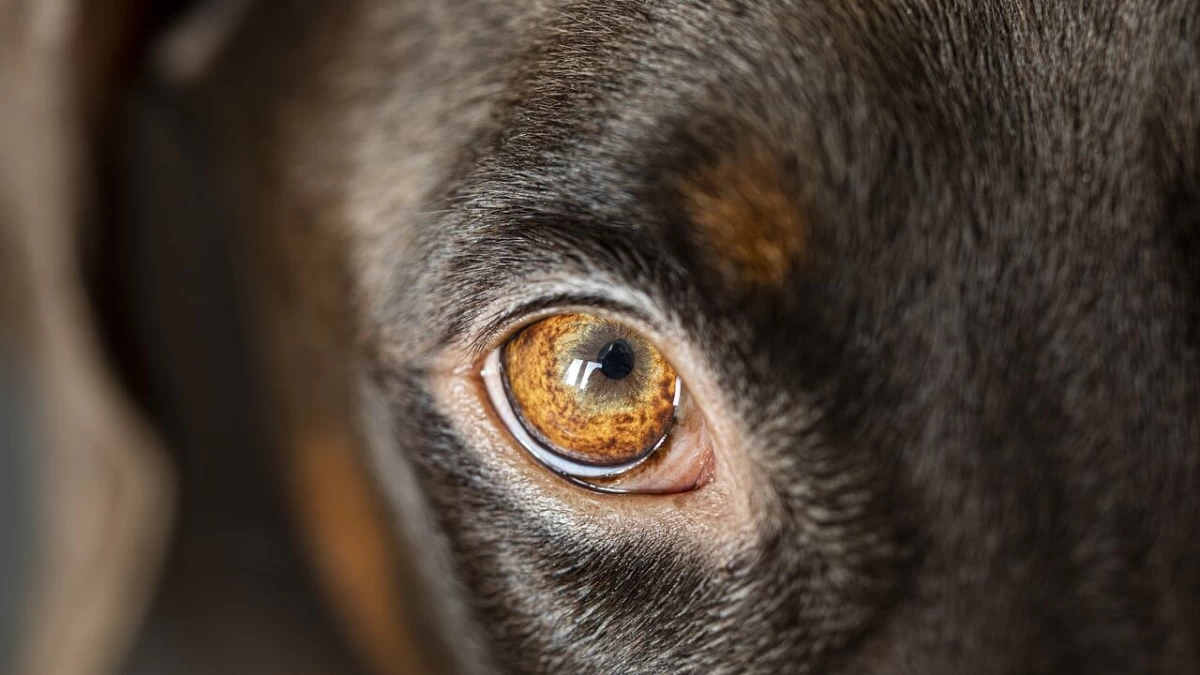Pannus in Dogs: Clinical Signs, Symptoms & Prognosis
21.02.2022.
Dogs might seem tough, especially large working breeds that can seem scary, but the truth is, their bodies can be sensitive, especially their eyes. There are all sorts of eye problems dogs can be prone to, and one of them is called canine pannus. It is not the most common eye issue dogs have to deal with, but it happens. If you’re worried about your dog’s eyes and health, here are the most important things you have to know about pannus in dogs, its causes, diagnosis, and treatment.
What is pannus in dogs?
Canine pannus is also known as chronic superficial keratitis, and it is a condition that will affect the dog’s cornea. Pannus is not painful at first. It will appear as an elevated pink mass on the outer part of the dog’s eye. If the dog develops pannus, both eyes will usually be affected. The dog’s third eyelid will appear inflamed and thickened, and if the condition is left untreated, it will lead to further complications.

The mass will spread all over the dog’s cornea. It will get thinner and pigmented, leaving scarring across the cornea. Most dog owners will do something about it by this stage. However, if it is still left untreated, the dog can go blind.
What causes pannus in dogs?
There are a couple of theories about risks dogs are exposed to that can lead to the development of pannus in dogs. Vets believe that high altitude, exposure to UV light, and smoke play a role in pannus’ development. However, vets also think this condition has a genetic component since it is primarily seen in several breeds.
Which breeds are at risk of pannus?
All dogs that have corneas have the potential to develop pannus. Since all dogs have corneas, all dogs can develop it. However, we mentioned earlier that this condition is primarily seen in a few breeds. Pannus is mostly diagnosed in;
- German Shepherds
- Border Collies
- Belgian Tervuren
- Belgian Malinois
- Belgian Groenendael
- Belgian Laekenois

Just because you don’t have one of these breeds doesn’t mean your dog cannot develop pannus. Make sure you keep a close eye on your dog’s eye health and call your vet if you notice anything suspicious.
RELATED: Cataracts in dogs
How can I know if my dog has pannus?
As we mentioned earlier, one of the first signs of pannus is an elevated pink mass. It is pretty hard to miss. Dog owners who cuddle their dogs and keep a close eye on them will notice it immediately. Even if they don’t know the exact name of the condition, they will surely notice something weird is going on with their dog’s eyes. That’s when they book an appointment with their vets. The best way to be sure your dog developed pannus is to get a confirmation from your vet.
How do vets diagnose pannus?
Experienced veterinary ophthalmologists can diagnose it pretty fast. They will examine the clinical signs and, in nearly all cases, make an accurate diagnosis. However, in some of the more complicated cases, they can perform intraocular pressure testing (IOP), corneal staining with fluorescein, and corneal or conjunctival scrapings. These tests will give them accurate results, which allows them to make a 100% accurate diagnosis.
RELATED: Cloudy Eyes in Dogs
How is pannus in dogs treated?
Most pannus cases are treated with topical corticosteroids (like prednisone or dexamethasone), which have shown fantastic results in dealing with this condition. These are immune-modulating drugs, so even meds like cyclosporine might be effective. If the dog developed a secondary bacterial infection, which is pretty common in pannus cases, the vet might prescribe antibiotics to eliminate the bacteria. In rare cases, the vet might have to administer an injection of steroids under the dog’s conjunctiva.

Here comes the bad news about pannus - it is incurable. Once the dog develops it, it will need treatment for life. Dog owners will need to constantly check their dog’s eyes and react if the condition progresses. The treatment is focused on controlling the symptoms and progression of the condition. The good news is that some treatments are very effective and might even reverse some of the pannus’ progression.
What is the prognosis?
The prognosis is usually reasonably good. Pannus is a scary condition that can cause visual impairments, but dogs react well to topical treatment. If the condition progressed and left scar tissue on the cornea, the vet might have to operate to improve the dog’s vision. If the owners are vigilant and stick to the recommended treatment, the condition can be kept under control, and the dog can live a happy and relatively healthy life.
World Dog Finder team







Share